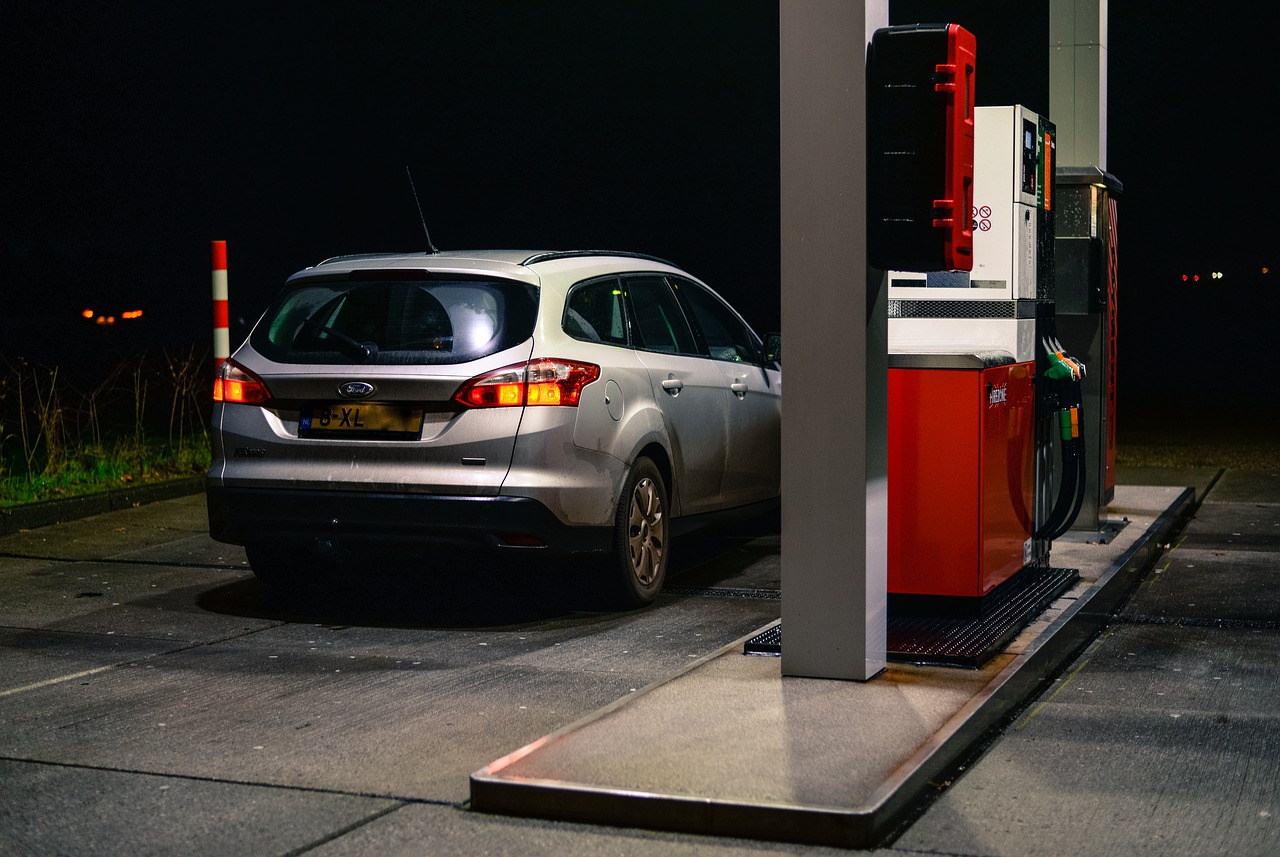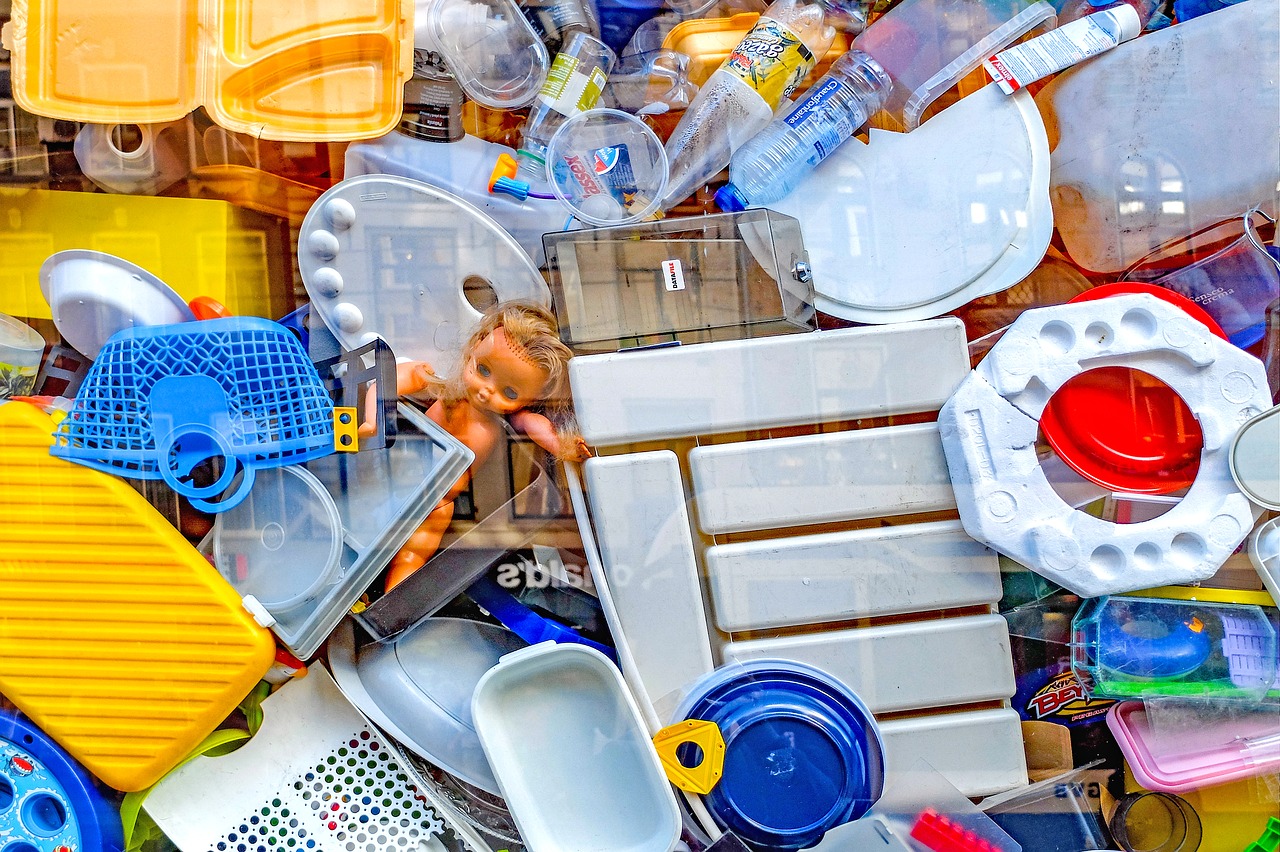Years ago, moving meant many cardboard boxes, bags of packing peanuts, reams of crushed newspaper and moving trucks idling at the curb – not an environmentally conscious vision. Fast forward to today when you have many more responsible packing options. When packing and choosing an eco-friendly mover, keep in mind the environmentally responsible goals to reduce, reuse, recycle.
1. Select a mover
Long before your move, select an eco-friendly moving company. When getting quotes, the bottom line may not be a dollar sign, but the level of environmental impact. Search online for green movers in your area and get answers to the following questions from the moving company:
- Do they supply reusable, non-cardboard moving boxes?
- Do they use biodegradable packing materials?
- Do their trucks use biofuels?
- Do they use subcontractors that utilize less green procedures?
- Do they select travel routes to maximize fuel efficiency?
- What are the recycling policies for materials that can no longer be used in future moves?
2. Donate and recycle
As soon as you know a move is in your future, start getting rid of possessions you no longer need. Sell items of value or give to family and friends. Donate and recycle the rest with trusted green organizations in your community. Moves are great times to purge:
- Clothing not worn in the past year
- Small electronics not used in the past year
- Unused cords, cables, and adapters
- Paperwork
- Decorator items that were used only to fill space
- Cosmetics and toiletries
- Books and magazines
3. Pack smart
You have gotten rid of things that are not making the move with you, and you have set a move date with an environmentally conscious moving company, now think green as you pack.
- Use clothing and linens to cushion breakables and use the less packing material.
- Fill drawers with lightweight material to cut down on the number of boxes used.
- Use mattresses and sofa cushions as furniture pads.
- Use pillowcases as containers.
- Fill all moving containers to take up less space.
- Use biodegradable alternatives to plastic packing peanuts.
- Use stackable, reusable containers from your moving company to minimize time required to load and unload the moving truck.
By purging, using smart packing techniques and partnering with an environmentally friendly mover, like these Bay Area movers, you will help minimize the environmental impact of your move. This approach will not only put money into the green economy but also give you a streamlined start at your new location where you can continue to reduce, reuse and recycle.









